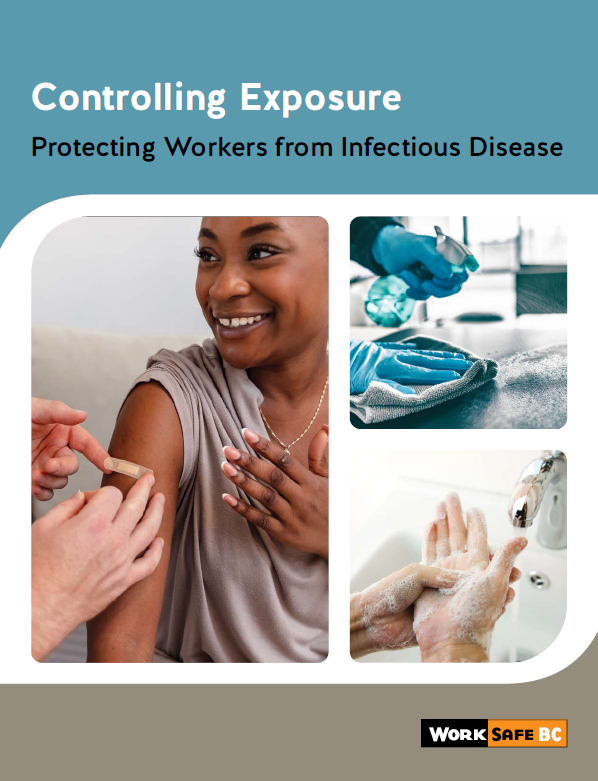Mumps
Mumps is an infection caused by the mumps virus. It is contagious and can be passed from person to person through the air or when sharing food or drinks. Mumps can cause painful swelling of the salivary glands. Some cases result in complications. Vaccination is the best protection against mumps.
- The risks
- How to reduce the risks
- Resources
The risks
Mumps spreads when an infected person sneezes or coughs. Infected mucus or saliva can land in other people's noses or throats when they breathe. It can also spread when someone touches an infected surface and then touches the eyes, nose, or mouth.
How to reduce the risks
If a worker or workers could be exposed to mumps, the employer must develop and implement an exposure control plan (ECP). This plan must identify the workers at risk of exposure and the controls that are required to protect those workers. These will be unique to each worksite and work environment. When choosing risk controls, consider the following questions.
-
1
Administrative controls
This type of control involves changing work practices and policies. Some questions to consider:
- Have workers received a vaccination for mumps?
- Are workers coming into work when they are sick?
- Are workers frequently washing their hands?
- Are proper hygiene procedures and hand-washing stations in place?
- Are work surfaces being disinfected frequently?
-
2
Personal protective equipment (PPE)
This is the least effective type of control. When used, there must always be at least one other control in place as well. A question to consider:
- Are workers using gloves?

